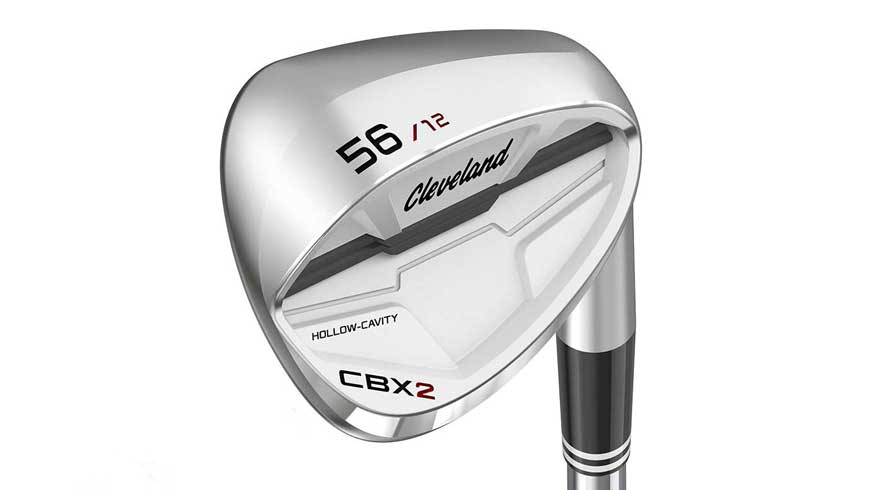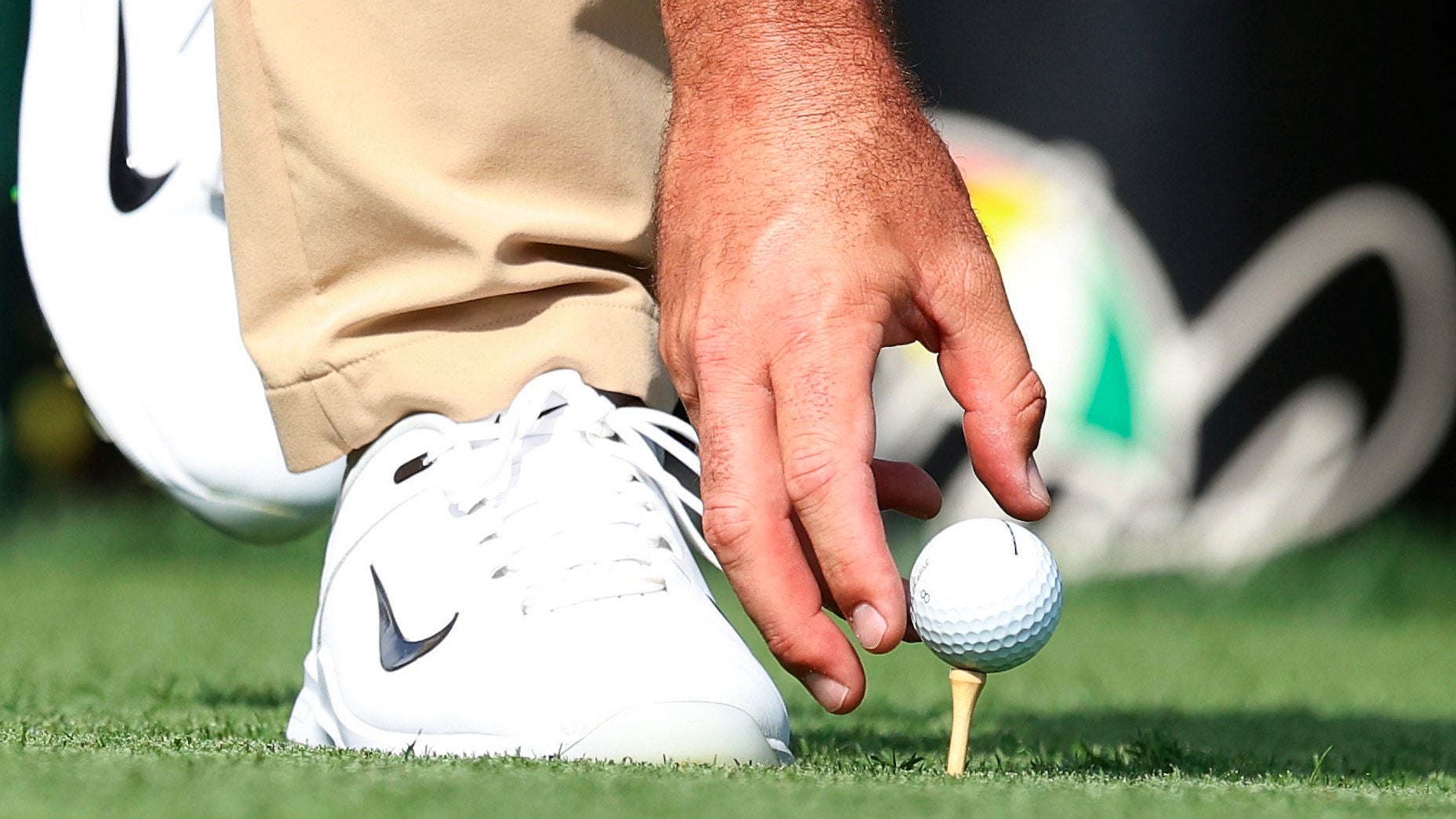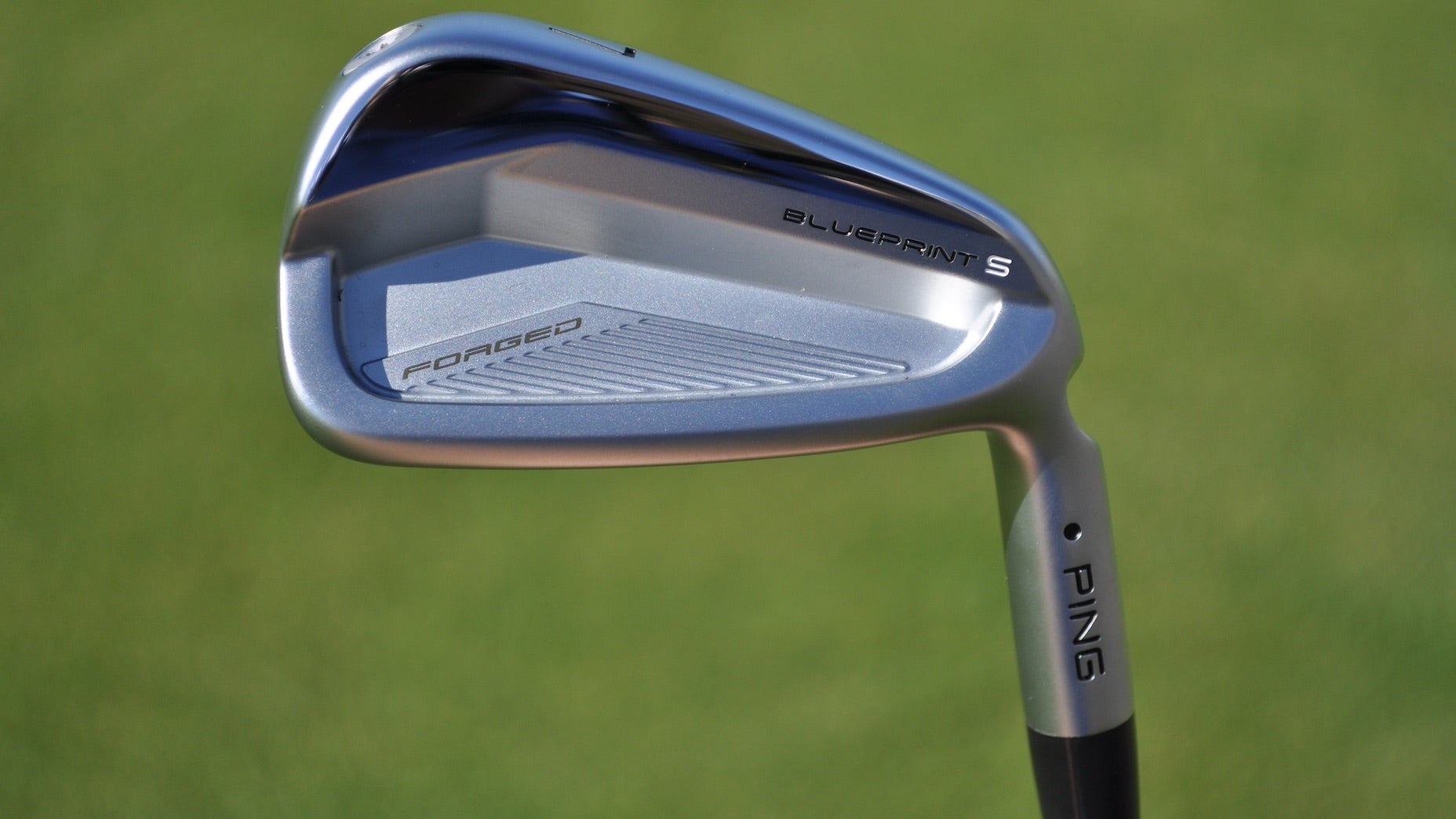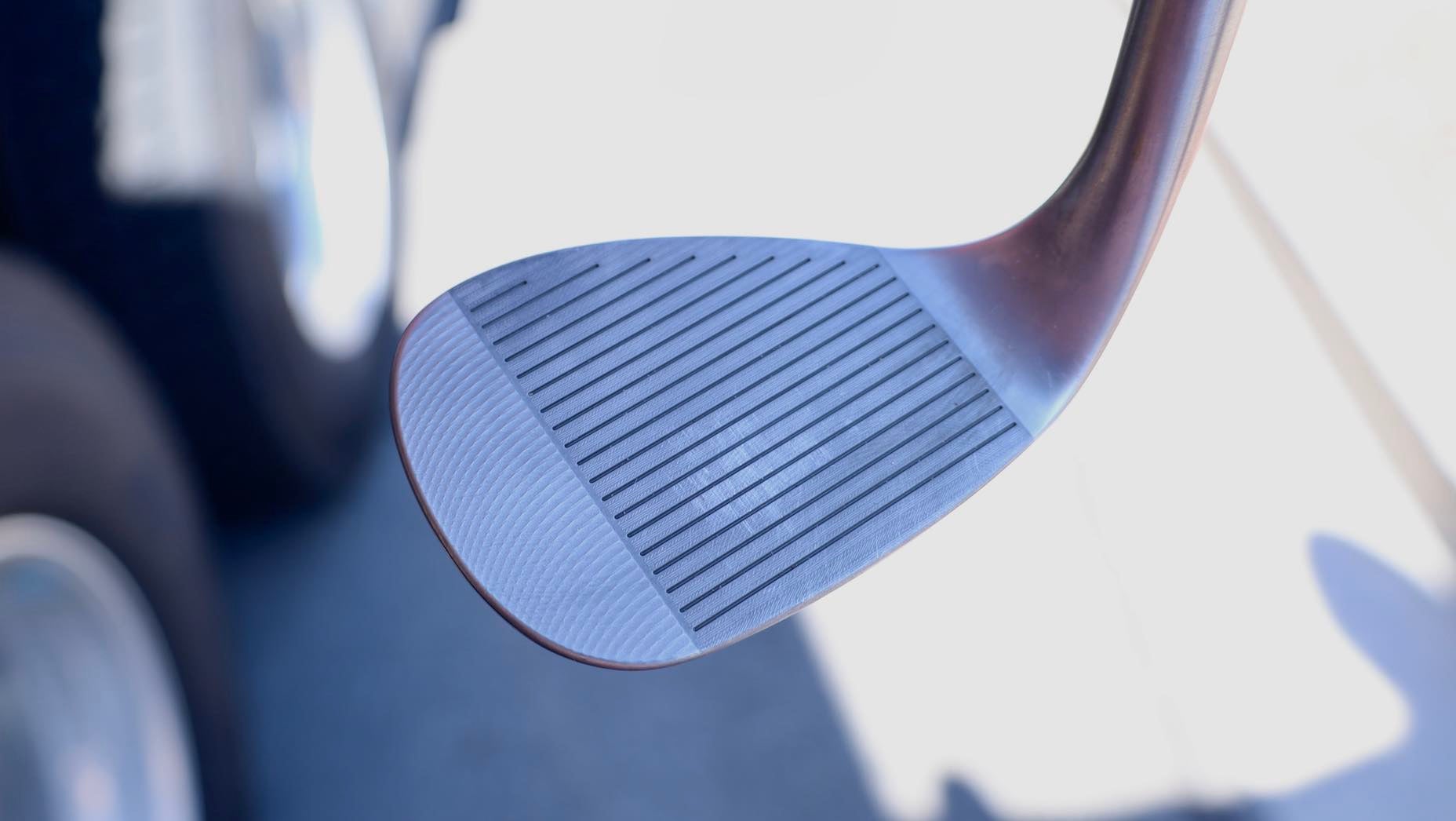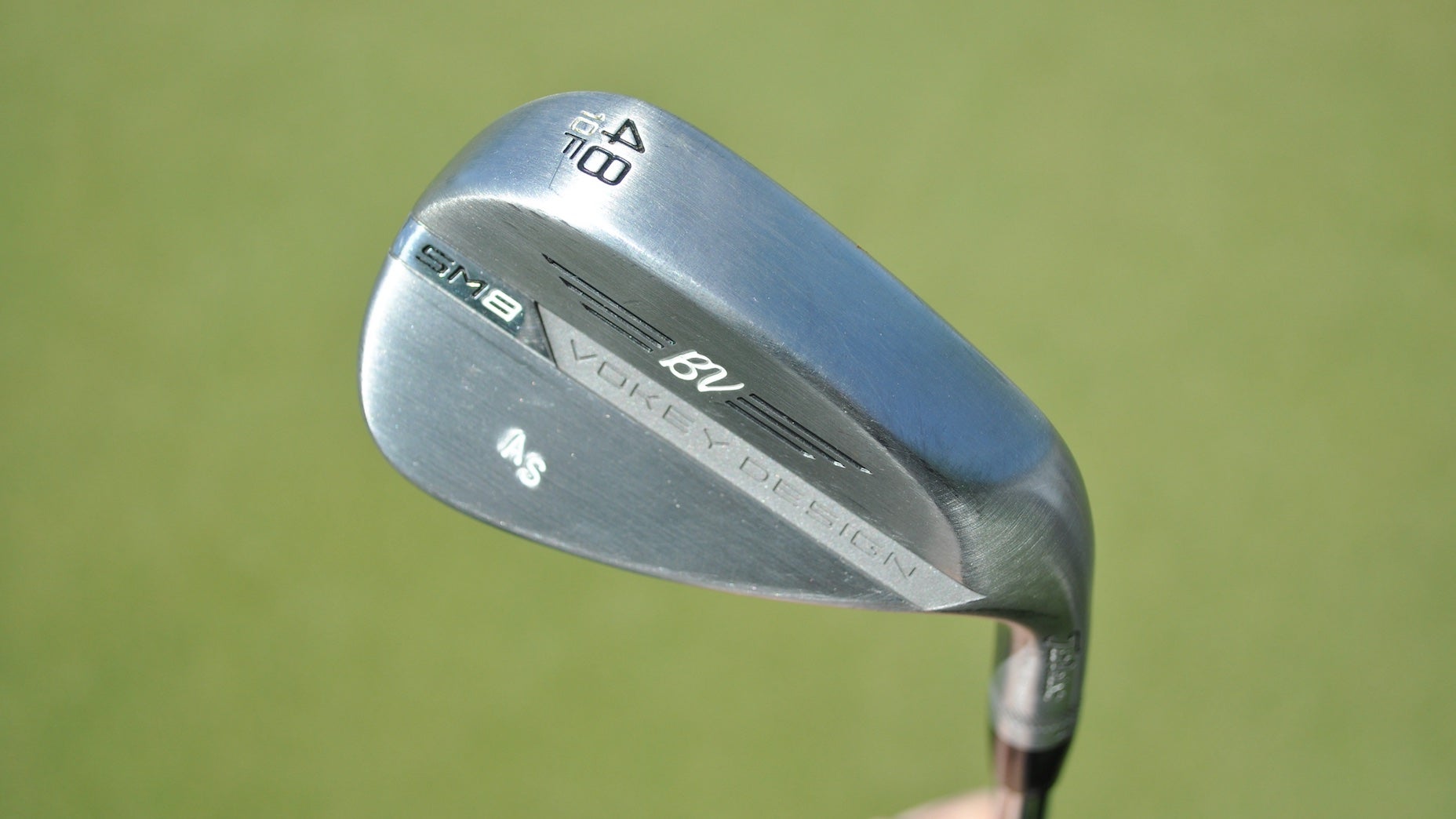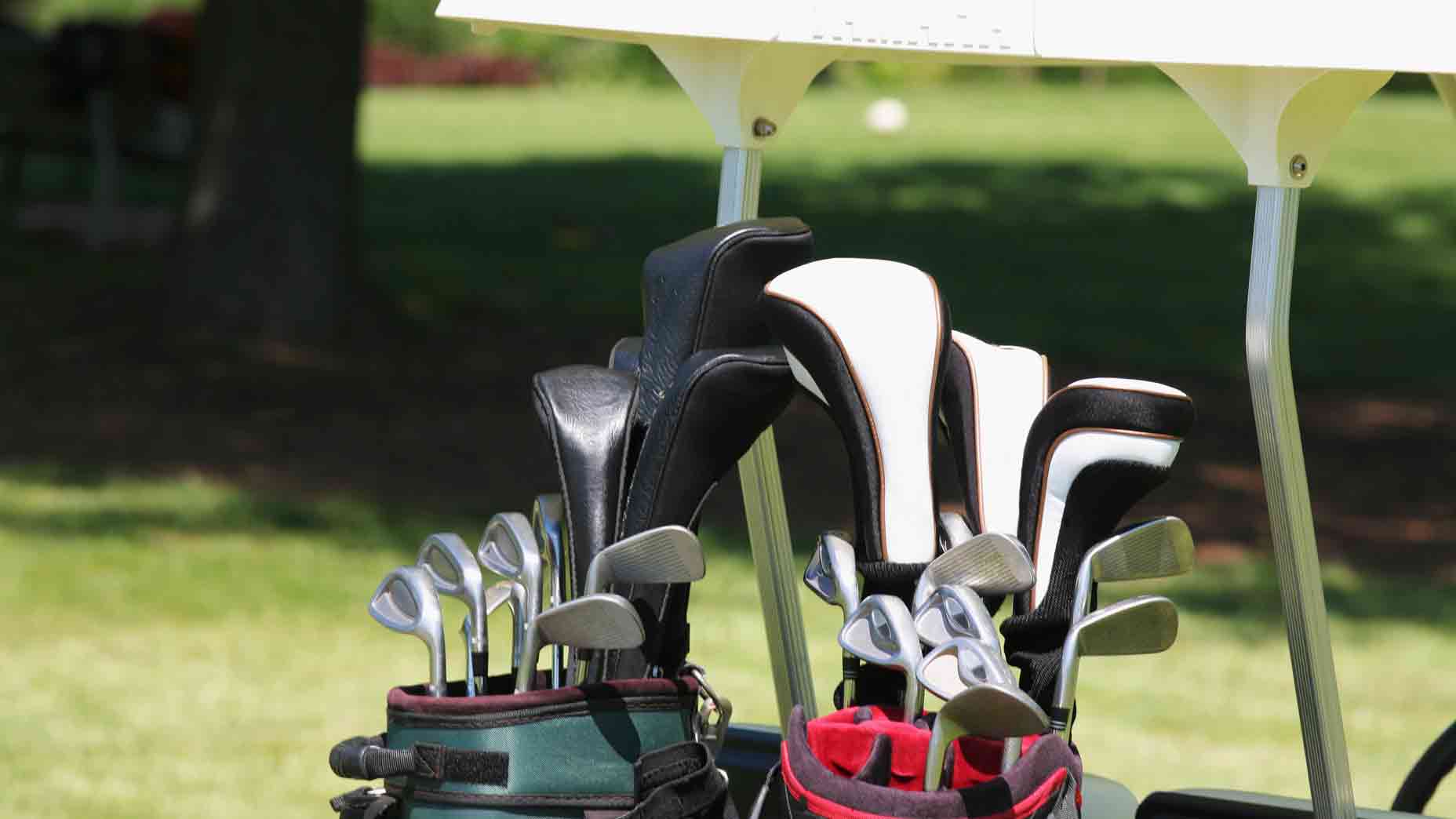Fully Equipped mailbag: Why you should be paying more attention to ‘turf interaction’
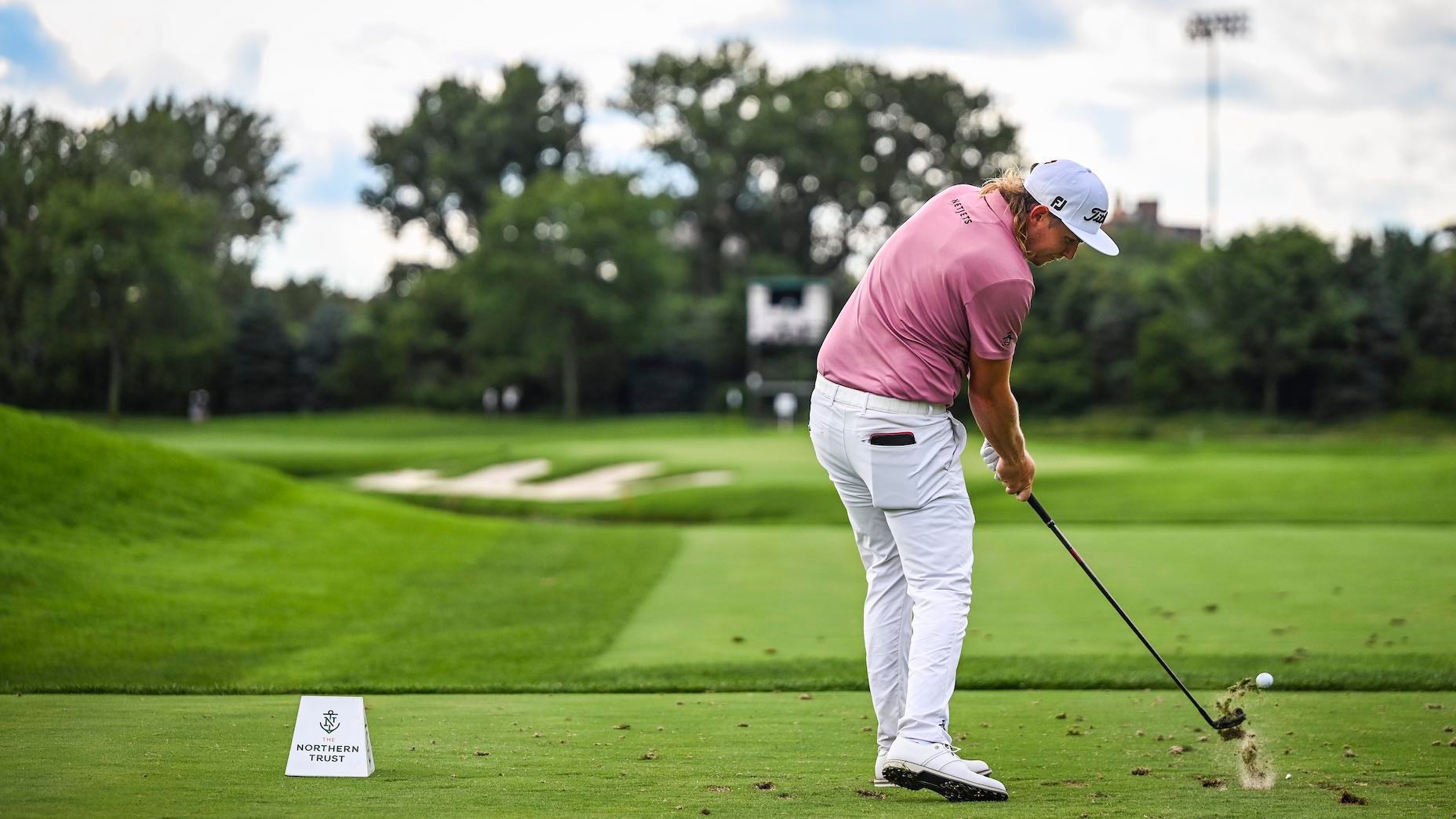
Getty Images
Welcome to another edition of the Fully Equipped mailbag sponsored by Cleveland/Srixon Golf, an interactive GOLF.com series in which our resident dimplehead (a.k.a., GOLF’s managing editor of equipment, Jonathan Wall) fields your hard-hitting gear questions.
I’ve heard you mention many times about turf interaction. Can you please explain how this makes a difference when you should be hitting ball then turf? — Neil Milum
For starters, let’s define “turf interaction,” which is essentially how the sole and leading edge enters and exits the turf during and after impact.
You’re correct when you say the proper sequence is making contact with the ball and then the ground, but if you have a sole that isn’t designed for your swing — in particular, the angle of attack — it can wreak havoc on your iron and wedge game.
With a plethora of bounce and grind options available in the wedge space, it’s far easier to track down the proper setup for your scoring tools with the help of a certified club-fitter. When you think about it, most golfers are hitting a variety of different shots around the green beyond the stock full swing.
“If you look at the different varieties of shots you can hit, having the right grind and bounce is going to impact how that club enters the grass,” said Kris McCormack, True Spec’s vice president of tour and education. “For a full swing, the blade shouldn’t enter the turf until, ideally, after the ball is struck. But when you start hitting some of these specialty shots, like a knockdown, and you’re playing with camber and introducing the club to the turf in different varieties of shot-making, then having a grind and bounce that’s appropriate to match the angles you create is important.”
Cleveland CBX2
“When you look at a player’s approach to how they hit short game shots, you’ll see players who play the ball towards the front of their stance, and some who play it towards the back of their stance and have forward shaft lean and their hands behind the leading edge. Those turf interactions are going to be completely different based on those approaches. Having too much bounce or not enough bounce for those player categories will give you completely different results.”
I’d contend that turf interaction is weighted more heavily with the scoring clubs. There are shots where the leading edge of the club will interact with the turf in different ways, so if you’re playing more bounce on firm turf conditions or tend to pick the ball instead of taking a significant divot, you might notice the club sticks in the ground on a regular basis. In this case, a swing issue might actually be an improper bounce and grind configuration.
Of course, that doesn’t mean you should grab just any set of irons off the rack. Not every game-improvement iron has the same sole width and bounce. It’s important to work with a fitter to understand the different options at your disposal — wide soles, thin soles, flat soles — and test out several different options based on your preferences. Even though you’re dealing with more full swings, it’s still important to have an idea of how the club is going through the ground, particularly when it comes to a knockdown.
Turf interaction is vitally important for every club in the bag (outside of the driver and putter). Make sure you give it a closer look the next time you conducting gear testing.
Want to overhaul your bag for 2021? Find a fitting location near you at GOLF’s affiliate company True Spec Golf. For more on the latest gear news and information, check out our latest Fully Equipped podcast below.

